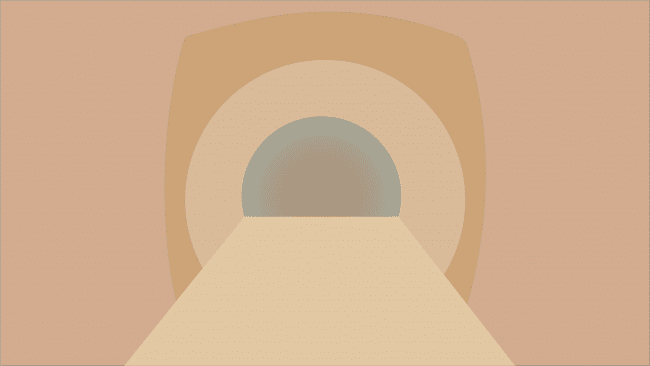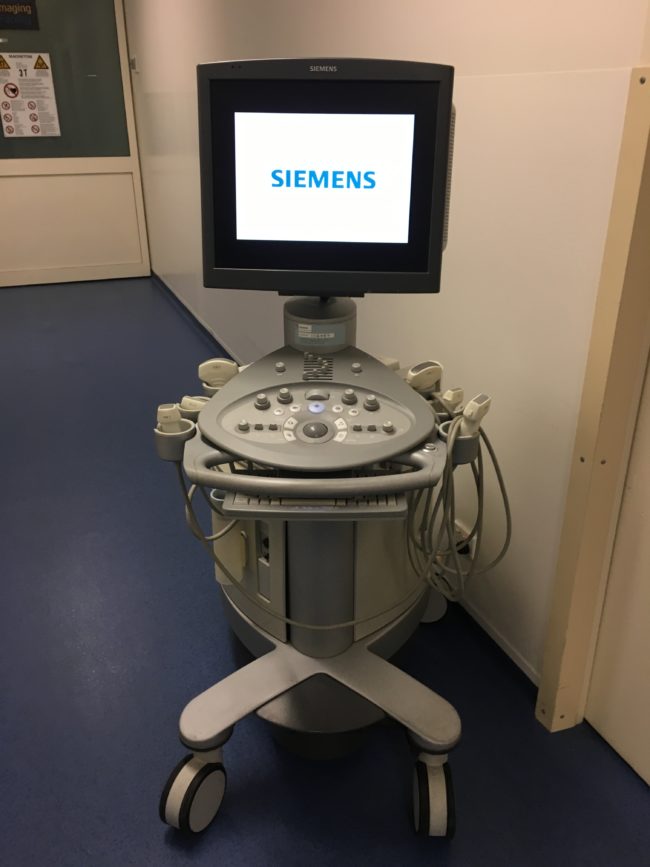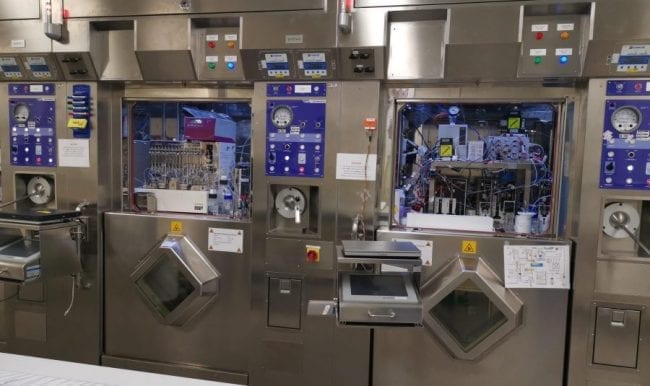What is MRI?
Magnetic Resonance Imaging

Magnetic Resonance Imaging (MRI) is an imaging technology that produces three dimensional detailed images of soft materials. MRIs utilise powerful magnets to produce a strong magnetic field or magnetic gradient. Protons in the body to align with that field; the resulting spin polarization is detected by pulsing a radiofrequency through the patient. The time it takes for the molecules (e.g., protons) to realign with the magnetic field, as well as the amount of energy released, changes depending on the environment and the chemical nature of the molecules.


















